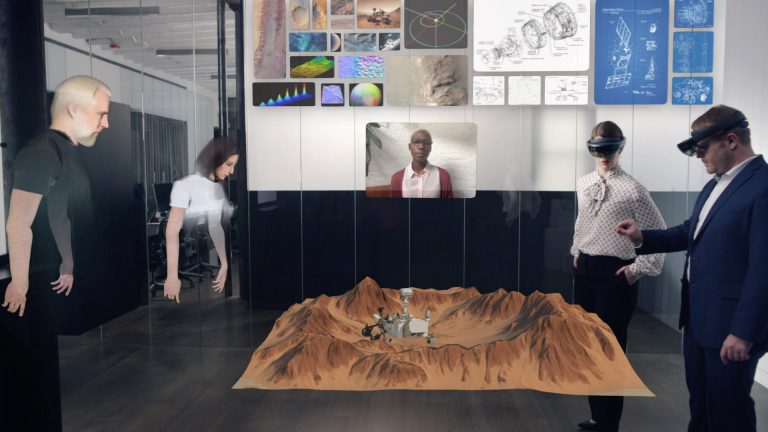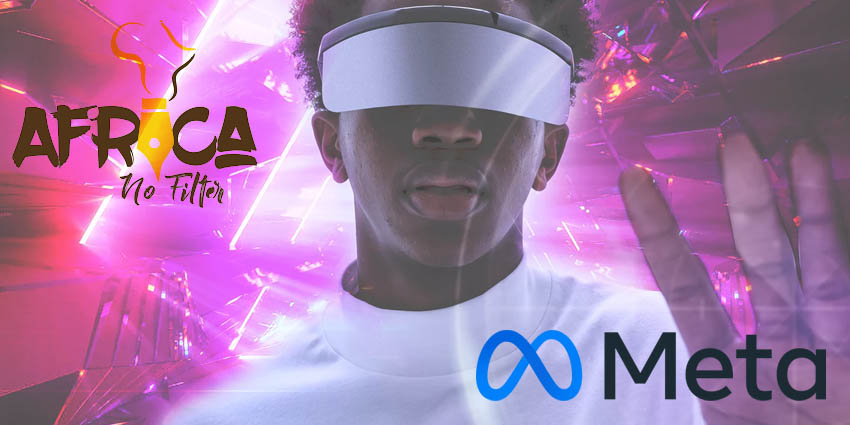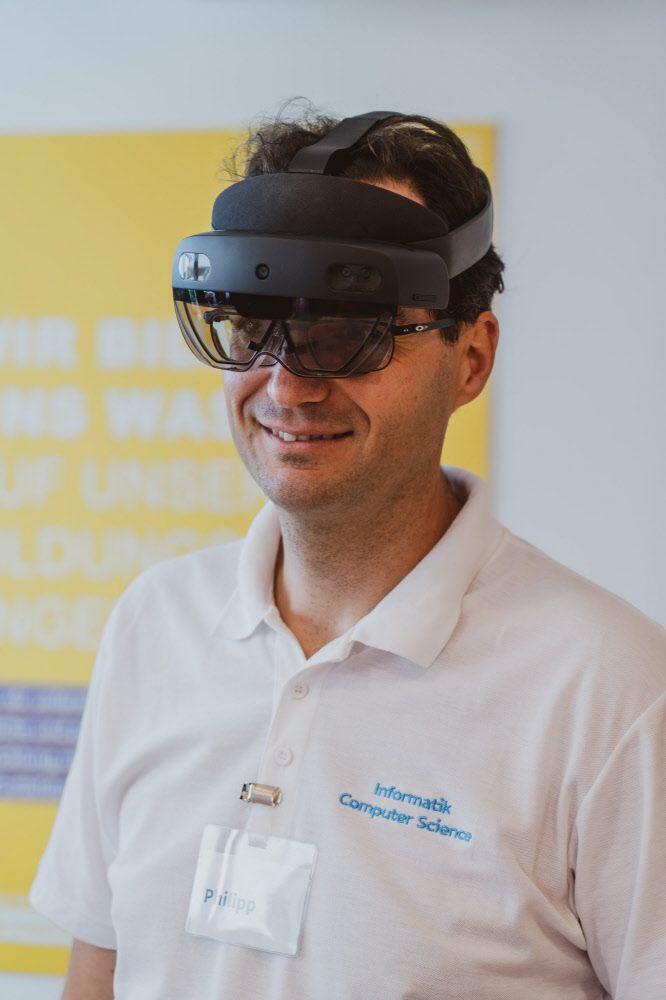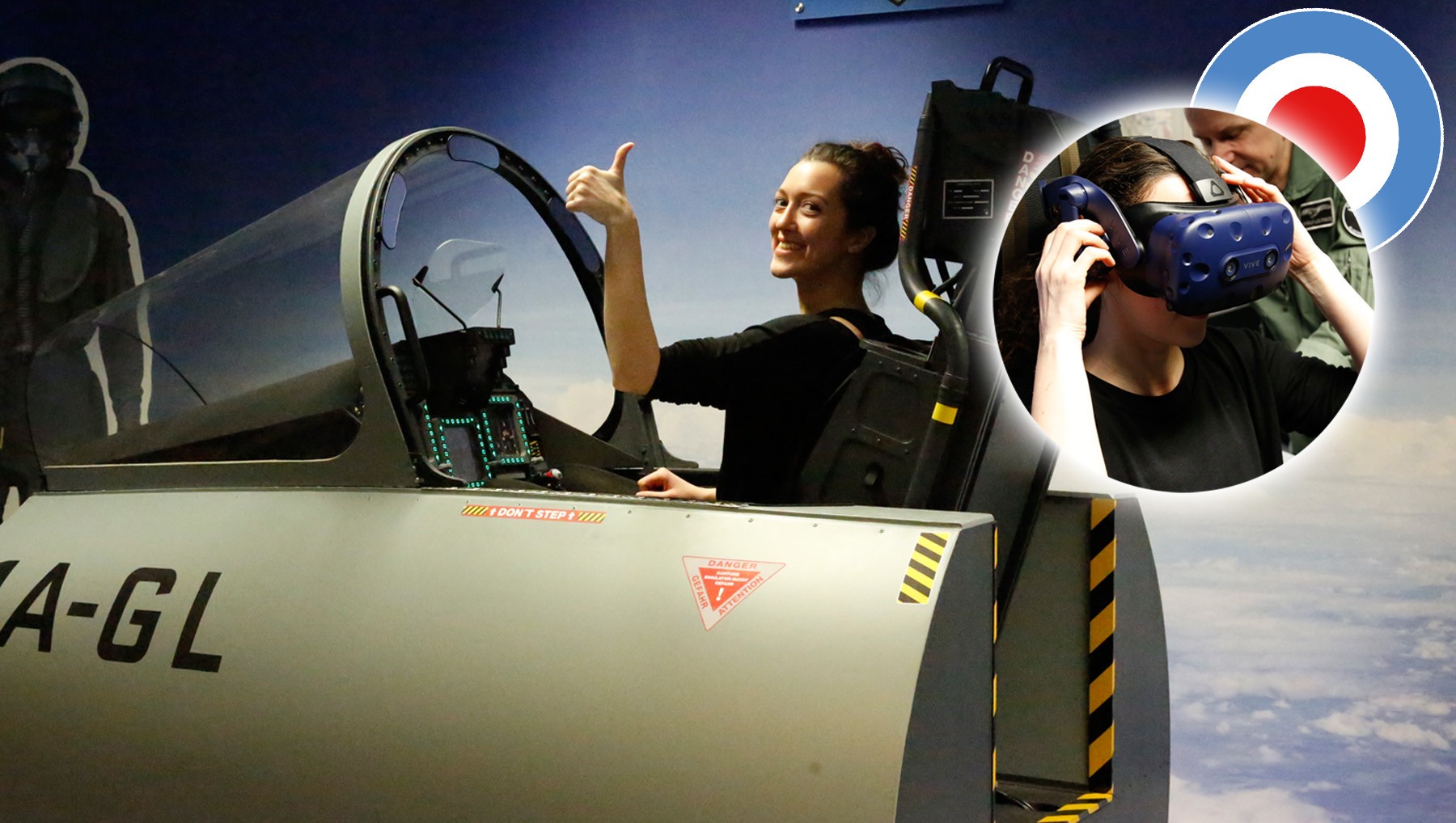After two years in stealth, Spatial today announced an $8 million seed investment to build out its AR/VR collaboration platform.
Spatial is building an immersive workspace that allows multiple users to connect through AR and VR headsets, as well as support for non-immersive users connected by PC or phone. The app aims to turn any room into a collaborative, multi-user space with tools aimed at helping people work together even if they’re remote.
The app represents remote immersive users as avatars (which can be made to look like the user in question with quick face scan), and appears to allow non-immersive users to appear in the room through their webcam as a floating window—a neat way to bring different input modalities and devices together.
Spatial uses the metaphor of a ‘room’ to represent discrete workspaces; users can create multiple rooms, and anything that happens inside of each room is persistent from one session to the next. The company says that documents, photos, and 3D models can be pulled into the space to be shared, and users with a computer in front of them can place livestreamed windows into rooms as well.
The application itself isn’t directly available for download at this point; Spatial is soliciting signups for private invites as of today, and says they’ll be increasing their user pool over time.
The company says that their $8 million seed investment, announced today, includes investors iNovia Capital, Garrett Camp with Expa, Samsung Next, Joi Ito, Mark Pincus and Andy Hertzfeld.
Spatial was co-founded by Anand Agarawala (CEO) and Jinha Lee (CPO). Both appear to have a rich history in 3D user interface design, with Agarawala behind the 3D desktop project BumpTop (acquired by Google), and Lee behind SpaceTop, a natural 3D interface prototype for desktop computing.
Quelle:




